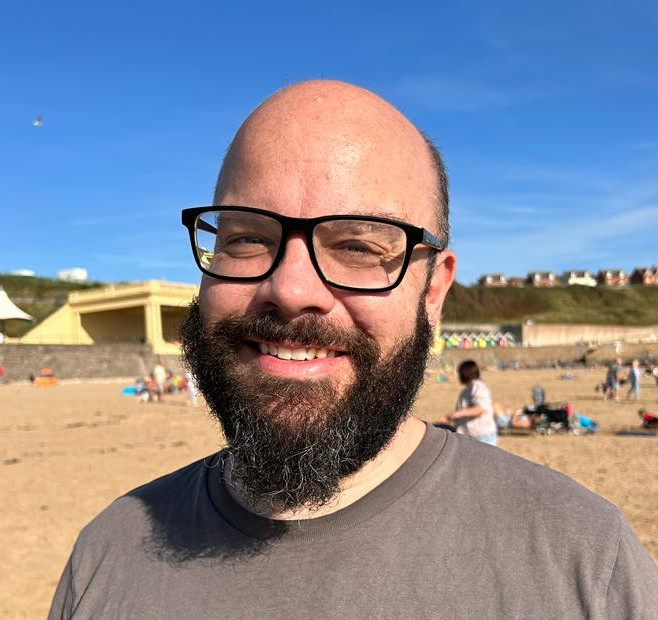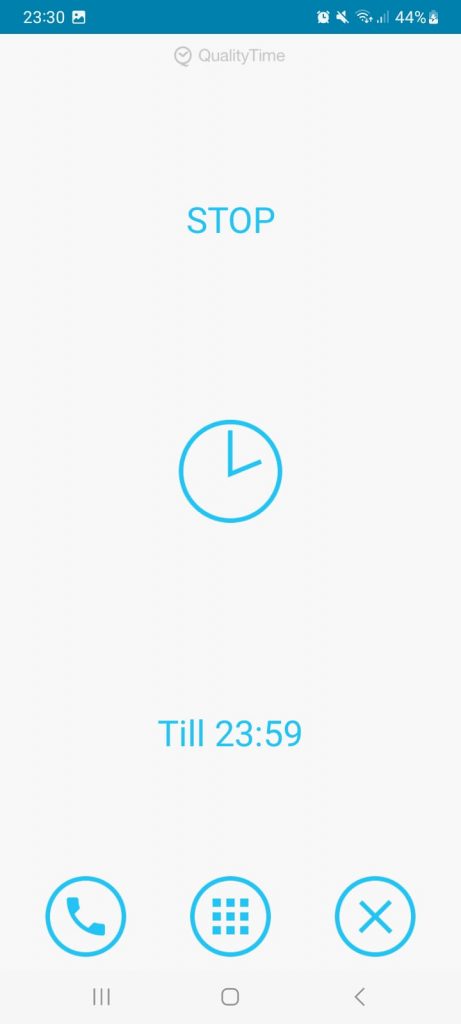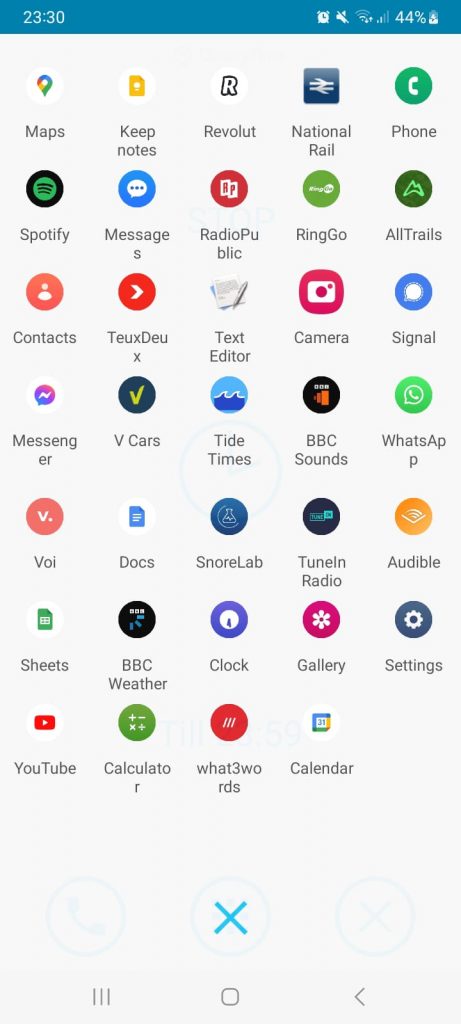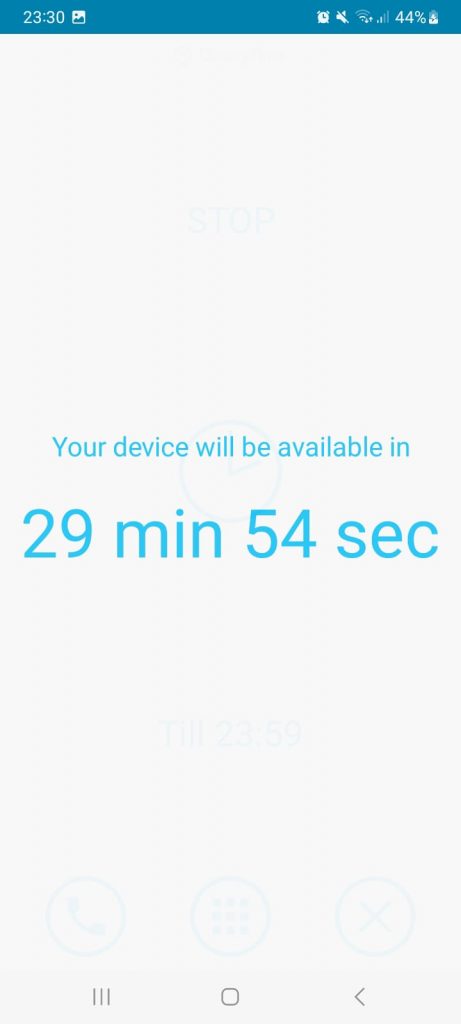….playing with my heart.
A good day (just flip, no flop)
It’s 10:30 at night, and this is the first time I’ve turned on my laptop all day, just so I could write this. I’ve also hardly looked at my phone, and mostly been separated from it. Not that there’s much interesting I can do on my phone now thanks to my favourite blocking app.
Today I also did my washing up, went for a walk in the park, did a big supermarket shop and read a book. None of these probably sound like achievements to most people, but I’ve not managed to do a supermarket shop since I moved house over a month ago, and I’ve hardly walked in the park in that time, which when I’m doing well is an almost daily routine that’s really good for me.
In a way the biggest deal of these for me is reading a book. I’ve never been a massive reader, but with my device addiction I rarely have the inclination or attention span to read a book. This has also been one of my list of healthy activities to try and do that have been part of my goals for the CBT I’ve been having, and one of a list of healthy and enjoyable activities I’ve had on my wall for years, but rarely done.
I decided a month or so ago that I want to spend all my time in ways that are one of the following three things:
– Productive
– Enjoyable
– A Rest
So that’s the benchmark now when I think about how I’m spending my time. This partly came out of the fact that I realised that spending time on addictive websites or apps, or just going into a rabbit hole on Wikipedia are none of these things. If I’m not enjoying it, it’s not a rest or a break, and it’s not useful then what’s the point of it? It’s a waste of time. And worse than that it’s detrimental to my mental health.
So today I feel like I’m winning when it comes to my addiction. Last time I made this much progress it took going away for 3 days without my phone. This time I’ve managed to do it while being at home, which I think is a good sign for me having a decent chance of being able to keep it up for a while. But I’m not kidding myself, I’ll need to stay vigilant.
I read somewhere recently (I’ll come back and add the reference if I can find it) that if you regularly flood your brain with dopamine that your body actually reduces the sensitivity of it’s dopamine receptors, meaning you get less of a feel-good boost when you get normal things done in everyday life (like doing the washing up, going to the supermarket, or just eating something) which kind of blew my mind a bit. Apparently the body does re-adjust if you go back to a natural level of dopamine-inducing activity, but it takes time. This makes complete sense to me in relation to why I feel so terrible when I try to detox, but also become a lot more productive, especially after the initial discomfort is out of the way.
Device Addiction: Blocking apps that have worked for me
Although ultimately the only thing that’s truly effective is being away from my laptop and my phone, there are a couple of blocking apps that I’ve found very useful in helping me break the cycle of addiction. The most useful of these is Quality Time, which was actually suggested to me by my previous counsellor.
Quality Time is mainly intended as an app to track your phone usage, but it also has a function for taking a break. This function works by you selecting in advance a list of apps you’ll be allowed to use when it’s in break mode, and setting a length of time you’ll have to wait to unlock it from break mode to use your phone normally. You can also schedule breaks in advance. I have it scheduled so it’s permanently in break mode. The best thing about it is that once it’s in break mode, there’s no way to get out of it other than waiting for the timer to count down. I started with it set to one minute, then two minutes, then five minutes, but I still kept unlocking it. So finally resorted to making it thirty minutes.
One thing you might notice from the list of apps I’ve allowed myself to use is that I’ve excluded anything potentially addictive. When I first started using Quality Time I also used BlockSite to stop me using certain websites, but that’s very easily disabled, so in the end I just had to disable the browser completely. I also don’t allow myself access to email as I found myself perpetually checking it. For some reason I’ve not seemed to have a problem with YouTube on my phone, and sometimes it’s nice to send people (who don’t use Spotify) songs I’m thinking of.
The blocking app I’ve used for my laptop is the StayFocusd Chrome extension. This allows you to limit the amount of time you can spend on a list of websites you give it. Once you’ve exceeded the alloted time for the day there’s no way to extend it. Of course you can uninstall the extension, but you can add the Chrome extensions page to the list of blocked sites to prevent this. I’ve discovered as I was writing this that you can also uninstall it from it’s page on the Chrome web store, so I’ve blocked chrome.google.com as well. The best thing about StayFocusd is it’s Nuclear Mode. This completely blocks you from accessing any sites on your blocked list for an amount of time you choose. After having previously used it for a day, then a few days, then a couple of weeks, I currently have Nuclear Mode on for a month. Those swipey dating sites are just too tempting.
Flip flopping
The last couple of weeks I’ve been alternating between periods of bingeing on devices and periods of a few hours or most of a day abstaining. I was just re-reading a previous post saying it felt dangerous to turn on my laptop, and it’s the same again now.
The worst of it was Monday and Tuesday this week where Monday late morning I decided to try to abstain for the rest of the day, and while sitting with my journal I felt a wave of intense sadness come over me. I think this is what happens when I avoid my feelings by repeatedly flooding my brain with dopamine and useless information. When I allow myself to feel it, it’s intense.
Despite lapsing for a few hours Monday evening I was still trying hard to abstain on Tuesday and this was when it got really tough. I felt terrible most of the day, by which I mean I felt a distressing physical feeling in my brain, and for a period of the day, including when I was walking in the park, I was actually twitching. So if anyone tells you that device addiction is not really an addiction, they know not of what they speak.




